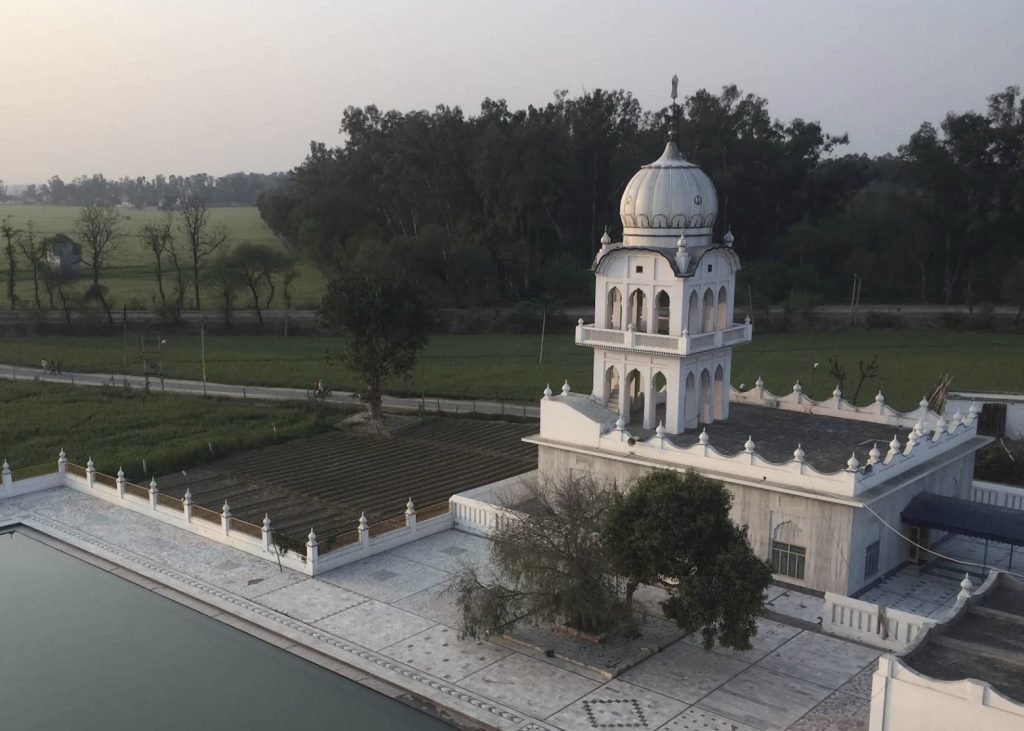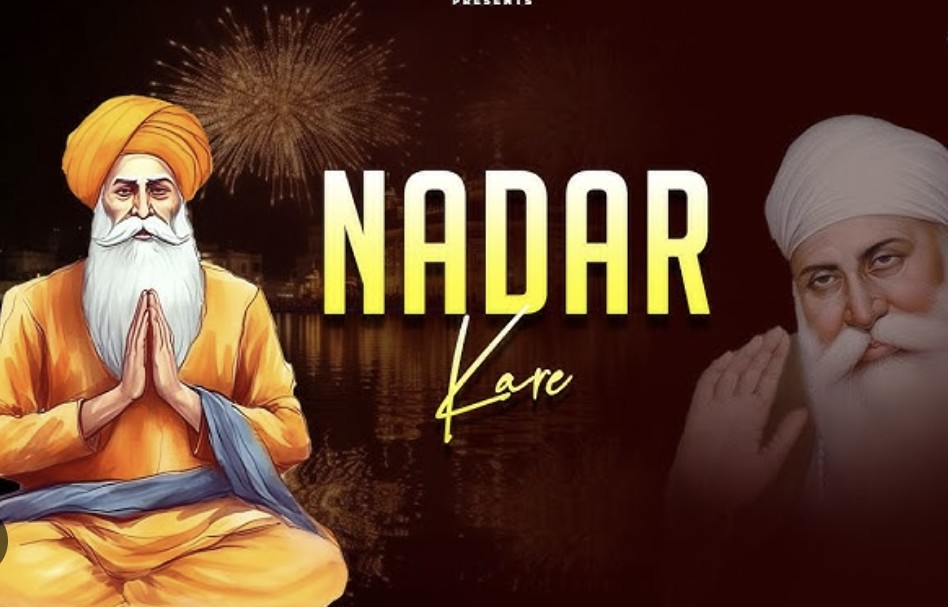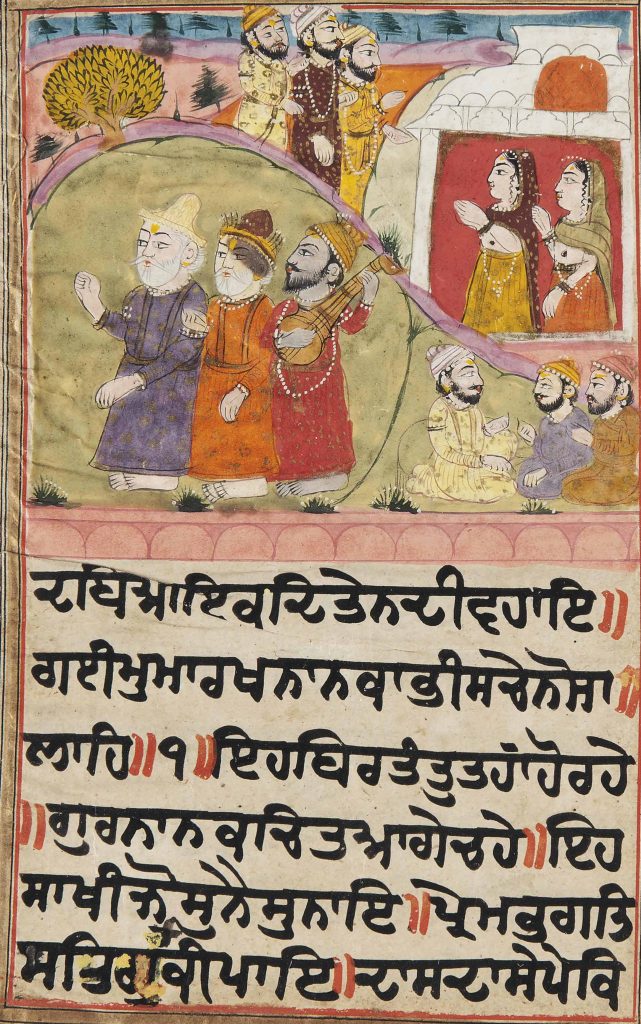Explore Zafarnamah Sahib Gurdwara, where Guru Gobind Singh wrote Zafarnamah in Dialpura Bhai Ka. A sanctuary of rich Sikh history!
Explore Gurdwara Gurusar Patshahi DasvTri in Jivan Singhvala, honoring Guru Gobind Singh's stay. Visit the 1974-built shrine near Bathinda for a spiritual journey.
ADI SAKHIAN (adi = first; sakhian, plural of sakhi = anecdotes, stories, discourses, parables) is one of the early compilations but not the first of the extant janam sakhi traditions to evolve. The manuscript, dated 1758 Bk/ AD 1701, and copied by Shambhu Nath Brahman was first located by Dr Mohan Singh Diwana. While teaching at Panjab University, Lahore, prior to the partition of India in 1947, Mohan Singh Diwana discovered in the University`s library a janam sakhi manuscript which differed from other extant Janam sakhis and bore an earlier date. Dr Diwana believed it to be a version of the earliest of all janam sakhi traditions and bestowed on it the name Adi Sakhian.
Discover Namdev, the revered Marathi and Hindi poet-saint whose hymns enrich Sikh scripture and celebrate devotion to the Supreme God.
Explore Amar Katha, a hagiographic manuscript on Guru Nanak. Discover its mystic tales preserved in rare libraries since the 18th century.
Uncover the history of the Puratanjanam Sakhi, the oldest Janam Sakhi tradition, rediscovered in 1872, captivating scholars and enthusiasts alike.






